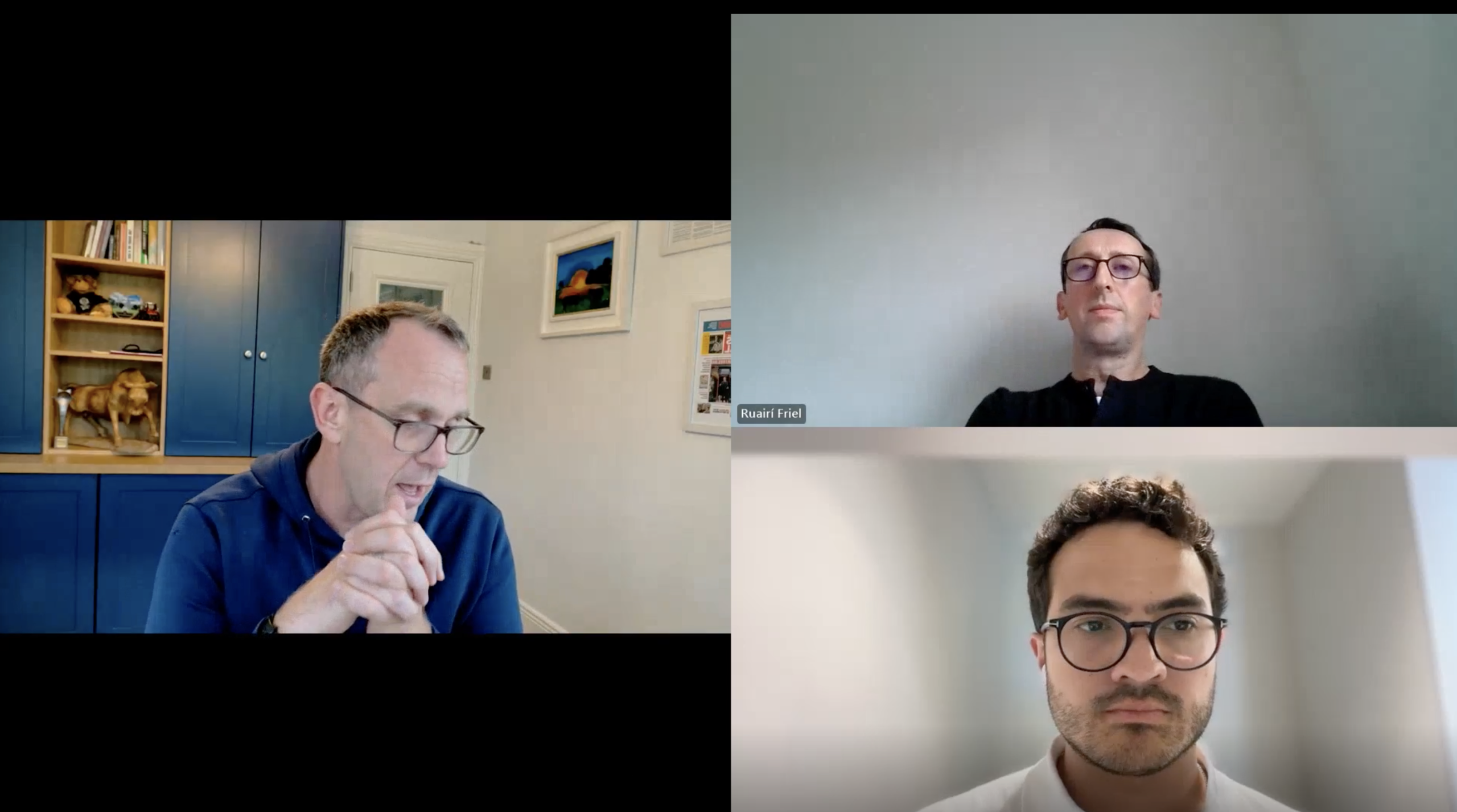Manure & Methane: How GlasPort Bio Is Tackling Agri-Food Emissions at the Source

Inside GlasPort Bio’s Approach
Methane is the most potent short-lived climate pollutant in agriculture, and one of the fastest ways to slow global warming. It comes mainly from two biological processes: enteric fermentation in ruminants and the anaerobic breakdown of manure. Together, these account for more than half of all agricultural emissions in livestock-intensive systems.
Yet while methane’s impact is well understood, practical mitigation on farms remains limited. Feed additives are often incompatible with grazing systems. Slurry management is underregulated. And few solutions offer both environmental and economic value at scale.
That’s where GlasPort Bio comes in. Based in Galway, Ireland, this science-led ag-tech company is developing technologies that reduce methane directly at the source, either in the rumen or the manure tank. Their approach is grounded in biology, designed for scalability, and tested through independent trials. Their flagship products, GasAbate and RumenGlas, promise not just emissions cuts but improvements in farm efficiency and animal performance.
To understand what makes these technologies different, and why manure emissions matter more than many realize, Alejandro Vergara spoke with GlasPort Bio’s Justin McCarthy and Ruairi Friel. Their conversation explores how targeted innovation can help livestock systems meet climate targets without compromising productivity or farm resilience.
Why Manure Matters in Methane Reduction
Methane from manure is often overlooked in the climate conversation. But it shouldn’t be. “Between 15 to 25% of total agricultural emissions in Europe come from manure management,” explains Justin McCarthy of GlasPort Bio. One dairy cow in an indoor system can generate up to 1.2 tonnes of CO₂e annually from stored manure. A single sow? Around 2.3 tonnes. Multiply that across Europe’s 19 million dairy cows and 10 million sows, and the numbers become massive. “This is a large, large source of methane,” McCarthy says. Because methane is short-lived but highly potent, cutting it now has a rapid cooling effect on the climate. That’s why reducing it at source is not just efficient, it’s urgent.
GasAbate: Methane Cuts from the Storage Tank
GlasPort Bio’s flagship product, GasAbate, is a chemical slurry amendment that reduces methane emissions from stored manure by up to 80%. “It actually can eliminate them completely,” says McCarthy, “but the sweet spot is in and around that 80%.” GasAbate works by stabilizing slurry during storage, preventing the anaerobic breakdown that produces methane. Alongside emissions cuts, the product retains nitrogen and sulfur, preserves slurry value, and reduces odors and hydrogen sulfide. That’s not all, it also improves slurry handling and cuts down on agitation needs. In pig systems, better air quality may even improve animal performance. “It’s a methane reduction technology with multiple side benefits for farmers,” he adds.
RumenGlas: Enteric Methane Reduction with Performance Gains
Enteric methane, produced during digestion, is the largest single source of GHG in ruminant systems. GlasPort Bio’s second innovation, RumenGlas, is a feed additive that reduces enteric methane by about 30%. But what makes it different is its impact on performance. “We saw an improvement in average daily gain in finishing beef cattle of 12%,” says Ruairi Friel. The mechanism? RumenGlas temporarily changes the rumen environment, slowing down methane-producing microbes and enabling others to use hydrogen more efficiently. That hydrogen, instead of being lost as gas, is converted into energy that the animal can use. Faster growth means fewer days on feed and fewer emissions per animal.
Adapting Feed Additives to Grazing Systems
Many feed additives don’t work in grazing systems because their effects wear off within a few hours. But RumenGlas is different. “We’ve seen the methane reduction persist for approximately 12 hours,” says Friel. The company tested the additive with twice-daily feeding in pasture-based dairy systems. Even with just two doses, the effect carried through most of the day. This extended window makes it a viable solution for grazing herds, which dominate systems in countries like Ireland and New Zealand. “We’re also working on slower-release formulations to extend the effect even further,” he adds.
Ready to Scale: From Science to Farm Deployment
GasAbate is already market-ready. GlasPort Bio is rolling it out with co-ops and food processors, and it has received organic certification in Ireland. “It breaks down into oxygen and water,” McCarthy explains, making it residue-free and non-toxic. The system is designed to be farmer-friendly and automated: “No one needs to feed it or shake it into the tank, it’s hands-free,” he says. For RumenGlas, regulatory trials are underway, with market entry expected by 2027 or 2028. Both products are backed by third-party studies, and MRV systems are integrated to support reliable reporting.
Who Pays for Emissions Reductions?
Farmers face rising pressure to cut emissions, but many lack the resources to pay for new technologies. GlasPort Bio argues that cost should follow the benefit. “The primary function of GasAbate is to reduce methane, a gas farmers can’t see or smell,” says McCarthy. The real benefit goes to governments and buyers with legal reduction targets. In Ireland, full deployment of GasAbate could deliver 1.4 million tonnes in CO₂e savings, about 25–30% of the country’s ag emissions reduction target. Supporting this rollout would cost the government around €40 per tonne of CO₂e avoided, far less than the €180–€250 per tonne currently paid to support heat pumps and EVs. “The farmer should be at the bottom of the tree when it comes to paying for this,” McCarthy concludes.
Action Starts with Better Tools
GlasPort Bio shows that climate-smart livestock is not a contradiction. With targeted innovation, emissions can be cut at source, without compromising productivity. At ODOS, we help agri-food companies measure, verify, and scale these kinds of interventions. Our platform tracks on-farm emissions, connects mitigation to outcomes, and supports compliance with CSRD and SBTi FLAG. Whether you’re a processor, co-op, or brand sourcing from livestock systems, ODOS gives you the clarity to act and the tools to report with confidence.
